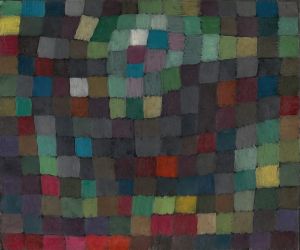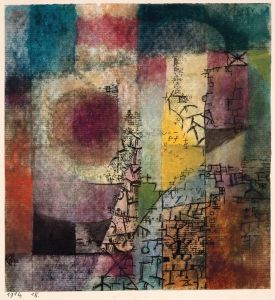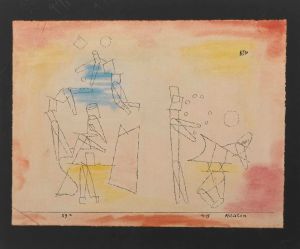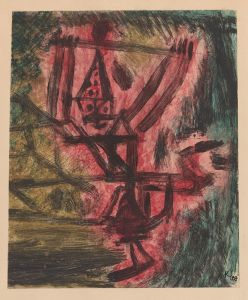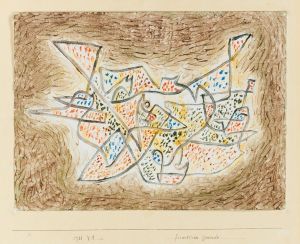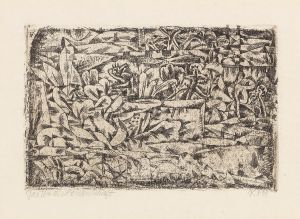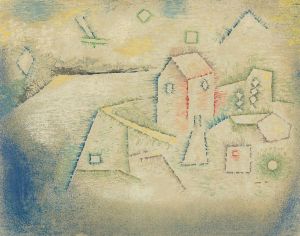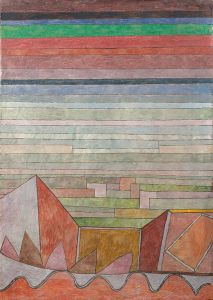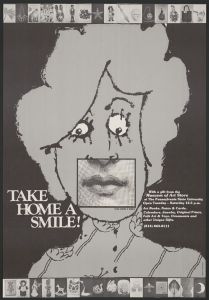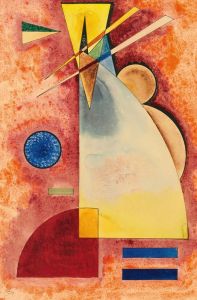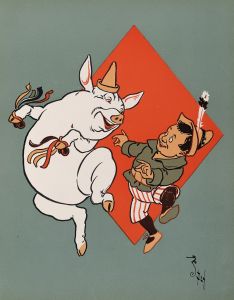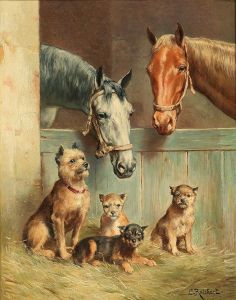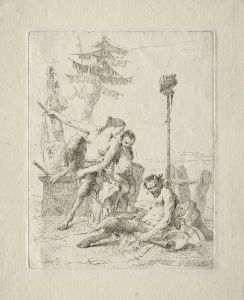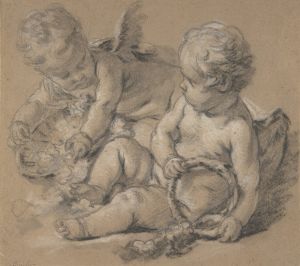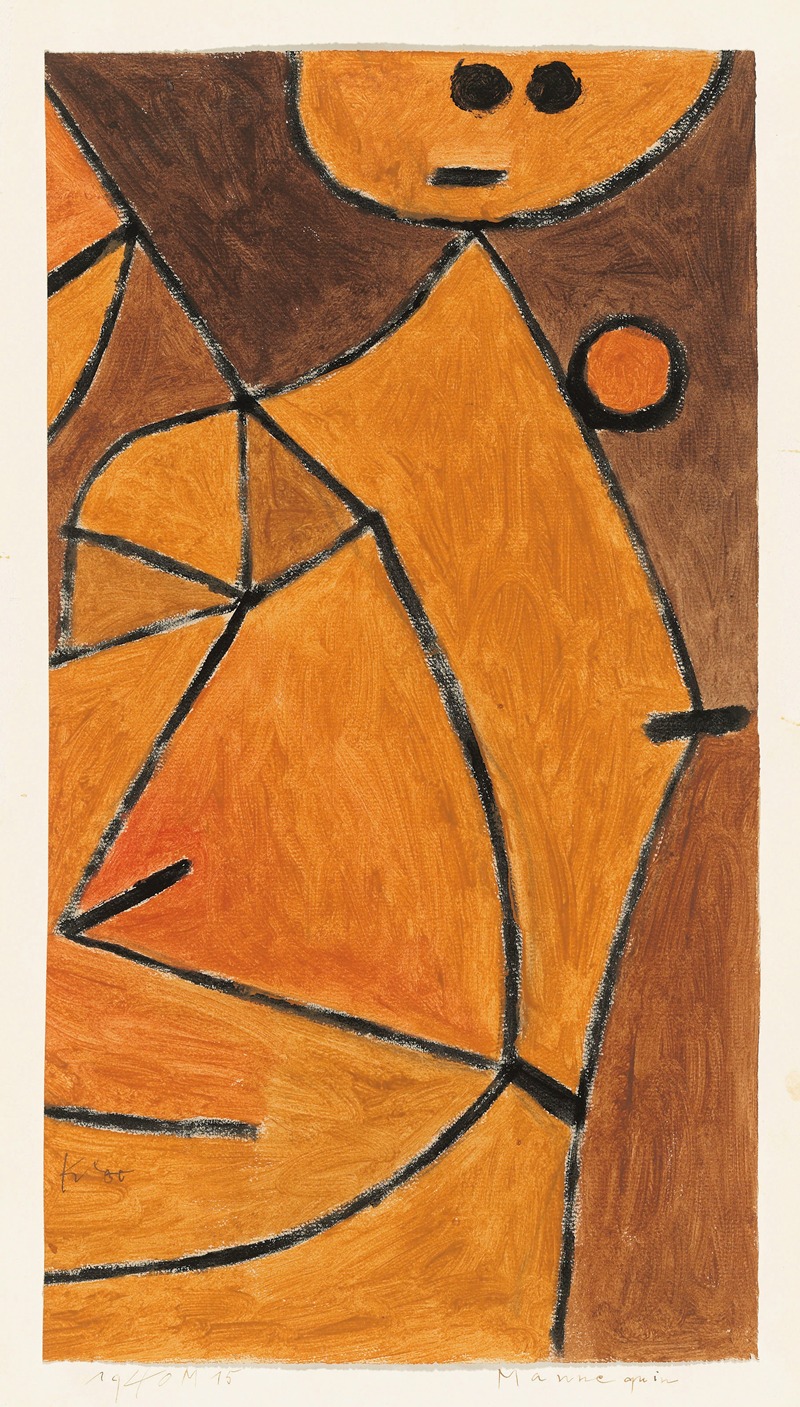
Mannequin
A hand-painted replica of Paul Klee’s masterpiece Mannequin, meticulously crafted by professional artists to capture the true essence of the original. Each piece is created with museum-quality canvas and rare mineral pigments, carefully painted by experienced artists with delicate brushstrokes and rich, layered colors to perfectly recreate the texture of the original artwork. Unlike machine-printed reproductions, this hand-painted version brings the painting to life, infused with the artist’s emotions and skill in every stroke. Whether for personal collection or home decoration, it instantly elevates the artistic atmosphere of any space.
Paul Klee, a Swiss-born artist, is renowned for his highly individual style that was influenced by movements in art that included Expressionism, Cubism, and Surrealism. One of his intriguing works is "Mannequin," which reflects his unique approach to art and his interest in exploring the abstract and the whimsical.
"Mannequin" is a painting that exemplifies Klee's fascination with the human form and his ability to transform it into something that transcends the ordinary. Klee often used mannequins and puppets as subjects in his work, as they allowed him to explore themes of identity, transformation, and the interplay between the animate and inanimate. This painting is a testament to his skill in using simple forms and lines to convey complex ideas and emotions.
Klee's work is characterized by a playful yet profound use of color and form, and "Mannequin" is no exception. The painting features a figure that is both recognizable and abstract, a hallmark of Klee's style. The use of geometric shapes and a limited color palette gives the painting a sense of harmony and balance, while also inviting viewers to engage with the work on a deeper level. Klee's ability to blend the familiar with the abstract allows the viewer to interpret the painting in multiple ways, making it a dynamic piece that continues to resonate with audiences.
The painting reflects Klee's interest in the subconscious and the dreamlike, which were significant themes in his work. He was influenced by the Surrealists, who sought to unlock the creative potential of the unconscious mind. In "Mannequin," Klee captures a sense of whimsy and mystery, encouraging viewers to question the nature of reality and perception. The figure in the painting, while static, seems to possess a life of its own, challenging the viewer's understanding of what it means to be alive.
Klee's background as a musician also played a role in his artistic development, and his paintings often reflect a musical quality in their composition and rhythm. "Mannequin" can be seen as a visual symphony, where each element of the painting contributes to the overall harmony of the piece. The careful arrangement of shapes and colors creates a sense of movement and flow, drawing the viewer's eye across the canvas.
Throughout his career, Klee was associated with the Bauhaus school, where he taught alongside other prominent artists such as Wassily Kandinsky. His time at the Bauhaus was influential in shaping his approach to art, emphasizing the importance of combining theory and practice. "Mannequin" reflects this synthesis, as it demonstrates Klee's mastery of both technical skill and conceptual depth.
In summary, "Mannequin" by Paul Klee is a captivating work that showcases the artist's ability to blend the abstract with the familiar, creating a piece that is both thought-provoking and visually engaging. Through his use of color, form, and composition, Klee invites viewers to explore the boundaries between reality and imagination, making "Mannequin" a timeless piece that continues to inspire and intrigue.





